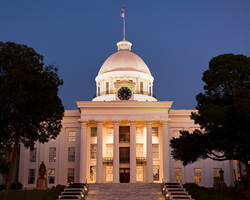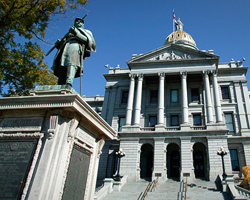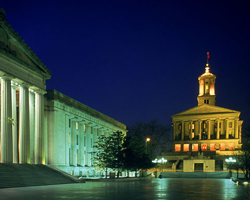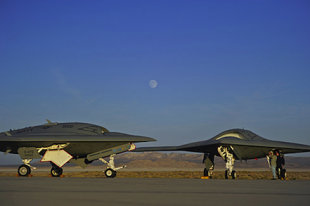Top 10 Best High School in America 2012,High schools that made it through this analysis were then eligible to be ranked nationally, in terms of college readiness. U.S. News determines the degree to which schools prepare students for college-level work by analyzing student success in Advanced Placement (AP) or International Baccalaureate (IB) programs, both of which include college-level courses. U.S. News awarded more than 4,850 gold, silver, and bronze medals to the top-performing schools.
Among the top 20 Best High Schools, four are charter schools, which usually accept a limited number of students through an application process and are also exempt from some of the government regulations of other public schools, so long as they successfully meet the criteria of their original charter. Two schools in the top 20 are magnet schools, which use an application process that typically involves test scores and grade point averages to attract the most talented students in a region.
In the 2012 edition of Best High Schools, parents and students can browse rankings of the country's Best Magnet Schools and Best Charter Schools, which are separate lists from the national rankings. While Connecticut International Baccalaureate Academy (CIBA) in East Hartford is No. 14 nationally, it's ranked No. 1 among magnet schools. BASIS Tucson in Arizona ranks first among charter schools and sixth nationally.
There are also separate rankings of the top high schools by state, as well as lists of all the districts in a state and the schools in each district—ideal for both families who are moving and those who are exploring their neighborhood public schools.
In the state rankings, parents and students can compare schools in terms of student-teacher ratios, college readiness, and proficiency on state math and English assessments. And with the major boost of data that U.S. News collected for the 2012 rankings, specific details about each school are now freely available, such as the enrollment of each grade and the percentage of students who passed AP or IB exams.
Top 10 Best High School in America 2012,These details are important to explore when choosing a high school in which your child will succeed.
10. High Technology High School
Lincroft, NJ
Gold medal
Lincroft, NJ
Gold medal
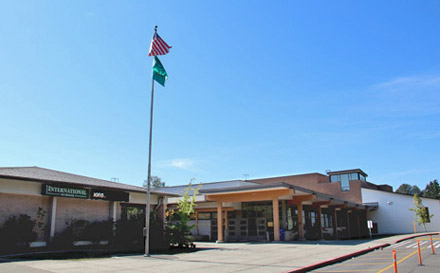 |
| Photo: International School |
9. International School
Bellevue, WA
Gold medal
Bellevue, WA
Gold medal
8. Pacific Collegiate School
Santa Cruz, CA
Gold medal
Santa Cruz, CA
Gold medal
7. Oxford Academy
Cypress, CA
Gold medal
Cypress, CA
Gold medal
6. BASIS Tucson
Tucson, AZ
Gold medal
Tucson, AZ
Gold medal
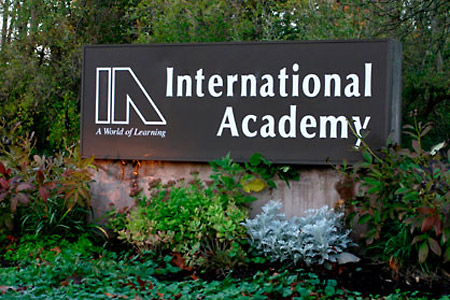 |
| Photo: International Academy |
5. International Academy
Bloomfield Hills, MI Gold medal
Bloomfield Hills, MI Gold medal
4. University High School
Tucson, AZ
Gold medal
Tucson, AZ
Gold medal
3. School of Science and Engineering Magnet
Dallas, TX
Gold medal
Dallas, TX
Gold medal
2. Thomas Jefferson High School for Science and Technology Alexandria, VA Gold medal
 |
| Photo: School for the Talented and Gifted |
1. School for the Talented and Gifted
Dallas, TX
Gold medal
Dallas, TX
Gold medal




